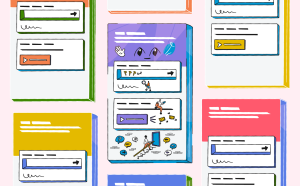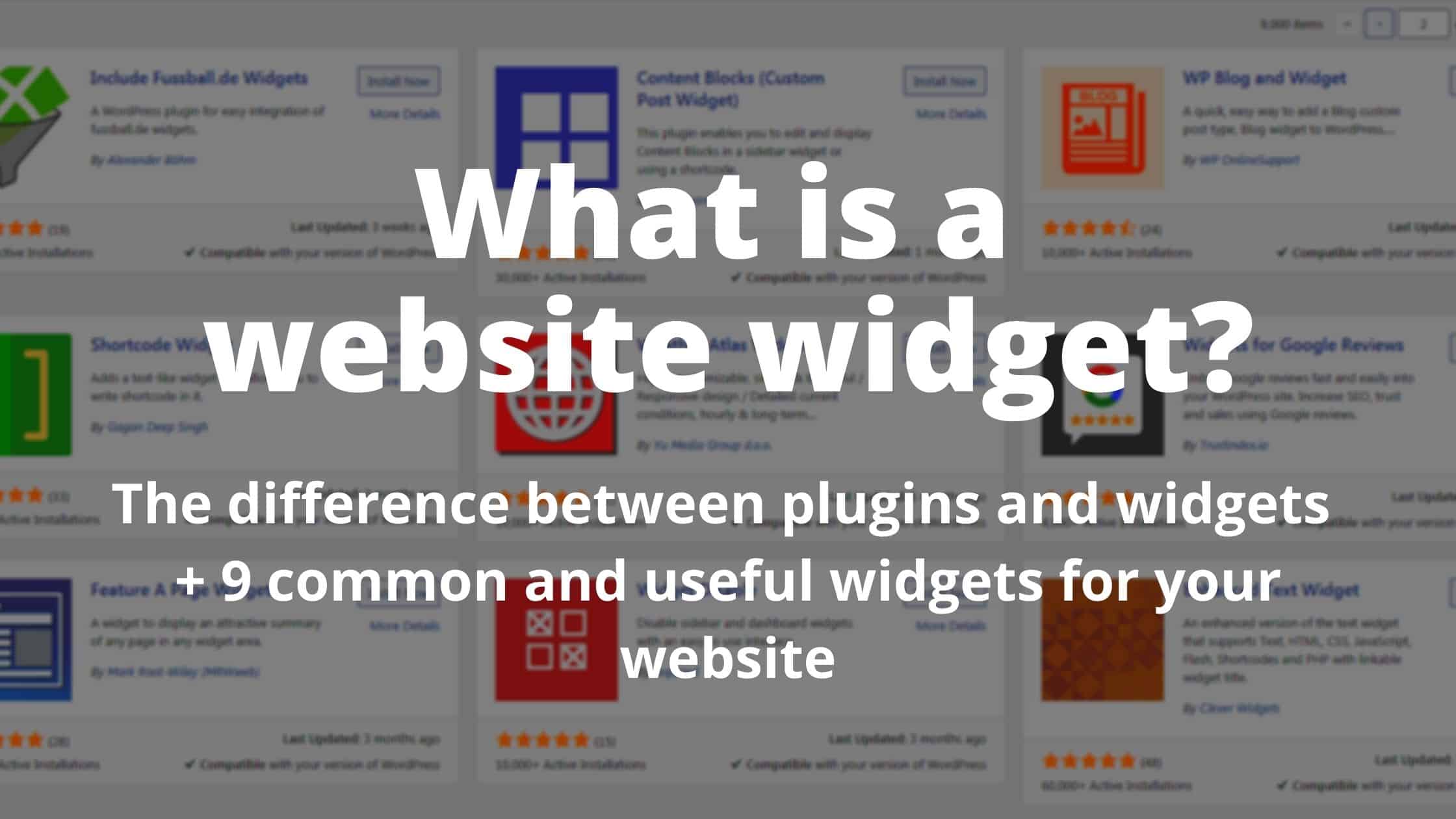Exploring Website Widgets: Enhancing User Experience and Functionality
Introduction
In today’s digital age, websites play a crucial role in connecting businesses, individuals, and organizations with their target audiences. To ensure a seamless and engaging user experience, website owners and developers often turn to various tools and technologies. One such technology that has gained prominence is the website widget. Website widgets are small applications or components that can be embedded into a webpage to provide specific features, information, or functionality. In this article, we will delve into the concept of website widgets and explore an example to better understand their significance in enhancing user experience and website functionality. What is an example of a website widget?
Understanding Website Widgets
Website widgets, often referred to simply as “widgets,” are modular elements that can be easily integrated into web pages. These elements serve a wide range of purposes, from displaying dynamic content and social media feeds to providing real-time updates and interactive features. Widgets are typically created using HTML, CSS, and JavaScript, making them versatile and customizable according to the website’s design and functionality requirements.

Widgets come in various forms and sizes, catering to different needs and goals. Some common examples of website widgets include:
Social Media Widgets
Social media widgets are perhaps the most recognizable type of widgets. These widgets allow website owners to showcase their social media profiles and activity directly on their websites. By embedding social media feeds or buttons, users can easily follow, like, or share content without leaving the website. This integration fosters a sense of interconnectedness between the website and its social media presence, facilitating greater audience engagement.
Weather Widgets
Weather widgets provide users with real-time weather updates for a specific location. These widgets can display current weather conditions, forecasts, and temperature trends. Weather widgets are particularly useful for websites related to travel, event planning, or outdoor activities, as they help visitors make informed decisions based on the weather conditions in a given area.
News and RSS Widgets
News and RSS widgets enable websites to display recent news articles, blog posts, or other content from external sources. By integrating such widgets, websites can keep their visitors informed and engaged with the latest developments in their industry or field of interest. These widgets often allow users to customize the types of content they wish to see, creating a personalized browsing experience.
Search and Navigation Widgets
Search and navigation widgets enhance user experience by providing efficient ways to explore website content. Search widgets enable users to quickly find specific information, products, or services within a website. Navigation widgets, such as dropdown menus or interactive maps, simplify the browsing process and help users discover different sections of the website. https://www.arcbuildingconsulting.com.au/
Chat and Customer Support Widgets
Chat and customer support widgets enable real-time communication between website visitors and the website owner or support team. These widgets often appear as chat bubbles or pop-ups, allowing users to ask questions, seek assistance, or provide feedback directly without having to navigate away from the page. This feature enhances user satisfaction and helps address inquiries promptly.
An Example: Implementing a Currency Converter Widget
To illustrate the concept of website widgets, let’s consider an example of implementing a currency converter widget on an e-commerce website.
Step 1: Widget Selection and Integration
Suppose you own an online store that caters to international customers. To improve the shopping experience for your global clientele, you decide to integrate a currency converter widget. This widget will allow users to view product prices in their local currency, eliminating the need for manual currency conversions.
Step 2: Widget Customization
After selecting a suitable currency converter widget, you proceed to customize its appearance and functionality. You choose a design that complements your website’s aesthetics and configure the widget to fetch real-time exchange rates from a reliable source. Additionally, you decide to place the widget prominently in the website header for easy access.
Step 3: User Experience Enhancement
With the currency converter widget in place, your website now offers a seamless user experience for international shoppers. Users visiting your website from different countries can select their preferred currency from a dropdown menu within the widget. As they browse your product catalog, the widget dynamically updates the displayed prices based on the chosen currency, enabling users to make purchase decisions without the need to perform manual calculations. https://diversewebsitedesign.com.au/
Step 4: Technical Considerations
Behind the scenes, the currency converter widget relies on JavaScript to fetch exchange rates and update prices in real-time. The widget interacts with APIs provided by financial data providers to ensure accurate and up-to-date currency conversion. Additionally, the widget’s responsive design ensures that it functions seamlessly across various devices and screen sizes.
Conclusion
Website widgets have become integral components of modern web design, offering a myriad of benefits ranging from enhanced user engagement to improved functionality. By seamlessly integrating widgets into their websites, businesses and individuals can create dynamic and interactive online experiences that cater to the diverse needs of their audiences. Whether it’s showcasing social media feeds, providing real-time updates, or offering interactive tools like currency converters, widgets play a vital role in shaping the way users interact with and navigate through digital content. As technology continues to evolve, so too will the possibilities and innovations that website widgets bring to the forefront of web development.






